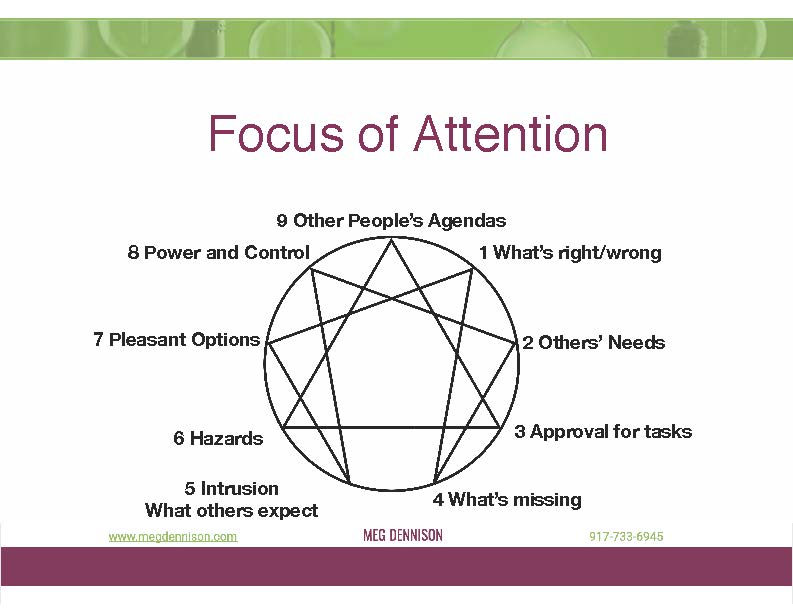If virus anxiety has got you, read below for tips on
- Managing fear
- Naming your emotions to tame them
- Focusing on what’s in your control
- Doubling up on calming practices
Join me for free Staying Connected While Staying Apart Zoom calls to learn how to create closeness with your team and family virtually. You’ll learn specific strategies for creating great conversations with your team or your family in uncertain times. Bring your questions and ideas on Tuesday, March 31 at 3 p.m. PT/6 p.m. EST. Sign up here
I’ll also be offering Facebook Live events. Like my Facebook page, Conscious Leadership Life and ask to join the private Conscious Leadership Life Community group.
When Wisdom Beats Experience
As a coach, I often tell people that insight follows experience, so try it and see how it feels. You don’t learn to swim without getting in the water, I say. But with the COVID-19 virus creating world chaos, this is a great time to let wisdom lead and learn from the experience of others to avoid suffering.
“Sheltering in Place” in my beautiful home runs counter to my instinct to help, to go out and DO SOMETHING. But I’m no longer arguing with reality. It’s clear that staying home will flatten the curve of new infections, stem the pandemic tide and save lives.
Resilience is a muscle. Build it before you need it.
For many of us, staying home is how we can contribute to everyone being safer. And I imagine, like me, you may feel this is easier said than done.
This is where resilience skills kick in.
Breathing and meditation, along with naming feelings, moving your body through fear and focusing on what is in your control, go a long way to helping you to stay in the present moment.
Here are a few to build your ability to face a setback, whether it’s uncertainty from COVID-19 or losing a job or relationship.
Naming Your Feelings Helps Tame Them
Research tells us that a high Emotional Intelligence (EQ) is more important for great leadership than intellectual smarts, especially in troubled times. Knowing what you are feeling when you feel it boosts resilience, so get to know your feelings.
Anger: Often felt as tightness in the jaw, clenched fists or back pain, tells us that a line has been crossed, that we need to stop something.
Sadness: Can feel like tears, a tight throat and chest says something is ready to be let go.
Fear: Sensation in the belly that ranges from butterflies to vomiting that tells us to Pay Attention! Something is not right!
Meditation and Breathing
Learning simple breathing techniques and doing them regularly helps to keep your nervous system calm. A regular meditation practice of just 10 minutes a day can be life-changing. Click here for instruction and apps that can help you. My mentor and friend Gay Hendricks (author of The Big Leap), is one of the many breathing experts in this amazing lineup this week.
What Are You Paying Attention To?
When we’re scared, we want to control the outside world. You are in charge of your attention and can learn to refocus when it is hijacked. Discerning what’s in our control or not allows us to be more present and not spin our thoughts to an uncontrollable and frightening future.
On a sheet of paper, make two columns, one headed by CAN CONTROL, and the other CAN’T CONTROL. With every stressful situation, assign it to a column. Then focus on the things that are the CAN CONTROL column. Energy follows attention, so your energy will be focused on what you can control. For instance, you can control how many times you upset yourself by checking the news and you can control how often you wash your hands.
Let Your Body Help You Move Through Fear
Learn to recognize your fear signature. Do you freeze, fight, faint, or flee or some combo pattern when you experience fear? Fear is activated in an ancient part of our brain, the amygdala. It tells you to pay attention to an outside threat, like a prey animal out to get you. But in modern times, especially in chronic uncertainty, our brain reacts and then our bodies don’t move the energy to completion (picture a dog shaking after a surprise). Learn how to be with fear through Katie Hendricks’ Fear Melters video on feeling your fear and moving through it with your body.
Enjoy Nature Without Leaving the House
Take a welcome respite from the news with Netflix photographer Louie Schwartzberg’s amazing nature films: https://www.netflix.com/watch/70294764?trackId=200257859
Discover Your Unconscious Patterns Driving Unhealthy Behaviors
The Enneagram, my favorite personality typing system, also helps us to uncover unconscious patterns, which are amplified when we’re stressed or feeling threatened. This diagram shows how the main focus of attention for each of the types. When we recognize where our attention goes in these patterns, we can pause and choose a conscious action. For me as a Type Six, a focus on hazards and an obsession with the news (and the underlying studies of pandemics)… Well, I was staying home before it was a thing. But that kind of vigilance around what could go wrong isn’t healthy over the long term.
I’m a certified Enneagram Practitioner with the Enneagram in the Narrative Tradition and I’m offering a two-hour coaching session to learn your type, uncover your blind spots and use it as a tool for amazing personal growth!
How is your Enneagram focus of attention kicking in?


